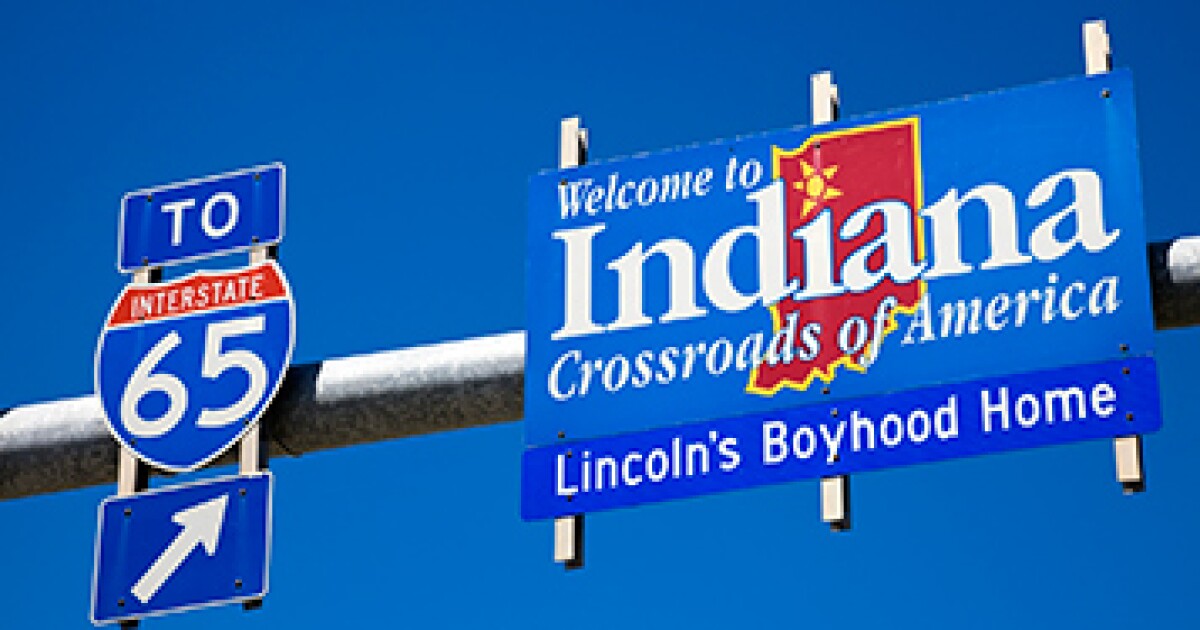
Leverage is the greatest underutilized tool in growing a profitable, sustainable law firm. Defined as the ratio of partners to non-partner professionals who are billing time to client matters, law firm leverage is typically under three-to-one. Other professional service firms, CPAs included, achieve ratios closer to ten-to-one.
Simple math shows that it’s more profitable to keep others busy and productive than doing the work yourself.
One senior partner who bills 2,000 hours per year at $500 per hour has a maximum revenue potential of $1 million, without utilizing leverage. But now think about that partner spending a fraction of their time on keeping three professional staff busy: If each of them charge 1800 hours per year at $400, their collective maximum revenue potential is around $2.1 million – more than compensating for whatever hours the partner needed to spend in training and supervision.
So why do lawyers underutilize leverage? Based on what I’ve seen: They think they lack the time for training, they don’t trust the work to be done right, or they don’t want to give up the work they’re currently doing.
I sat down with Kip Bilderback, an attorney, adviser, and business owner who knows first-hand the importance of leveraging associate attorneys and non-attorney personnel to increase profitability and freeing law firm ownership to grow the practice.
Let’s look at the typical arguments against leverage, one by one, and approach them from a different perspective.
Leverage Myth #1 – No Time to Train
Leverage comes with an initial, upfront cost. To get a less experienced staff member up to speed with a new process might take each of you twenty hours – many of which won’t be billable – when you could just do it yourself in three. But when you take a minute to think about the tasks that take you several hours every week, the time spent is a meaningful investment: After the initial training period, you’ll only have to review their work, saving you a significant number of hours over the course of the year.
Kip agrees: “In the time it takes me to create a single legal document, I can provide meaningful review and approval for ten or more similar documents created by an associate or paralegal, either allowing me to complete more matters or to spend more time working on the business of the firm.”
It’s a win-win-win. Clients are happy because work gets done sooner, you have more overall billable hours, and you can spend time finding new clients or exploring new growth opportunities.
Leverage Myth #2 – No One Can Do It Just the Same Way
Maybe. But the truth is, there are several ways to get to the right answer. One thing that public practice should teach us is that there’s not just one way to do things. As long as there’s a clear, auditable trail of how someone got to the answer, there’s no reason not to let junior staff develop their own approach.
At the same time, the best work to push down to younger staff is ongoing work that can be tackled through repeatable processes. Include feedback and oversight into the process and, as their skill improves, you can cut back on the amount of time you spend reviewing.
There’s a flipside to this fear: As attorneys teach their junior staff their hard-earned tricks of the trade, they might worry about working themselves out of a job.
That’s not a problem, Kip argues, “Everyone is replaceable. By training others to do the work you do – ‘secret sauce’ included – you are not losing anything. Rather, assuming you take care of your employees, you increase job satisfaction, loyalty, the amount of work that can be pursued, and maybe take a vacation a little more often!”
Leverage Myth #3 – Easier Tasks Are More Comfortable
Okay, this one isn’t a myth. It’s a feeling a lot of professionals experience. We work hard to gain mastery and once we get there, it can feel good to spend time hitting charge hours while in cruise-control.
The problem here is, this approach not only limits their growth and potential but also the development of their staff.
If a firm is full of attorneys hoarding work, it also might be a sign of a problem in the compensation model. I’ve seen this dynamic play out when I worked with a firm that had a compensation model based on partner charge hours. Although they were successful for a number of years, they failed to develop younger staff because they were financially incentivized to hoard work. If they had utilized leverage, they would have increased their revenue potential, developed their people, and had a firm that could have continued serving clients long into the future.
If you found this blog post helpful, we invite you to learn more about our Virtual CFO services for law firms.




